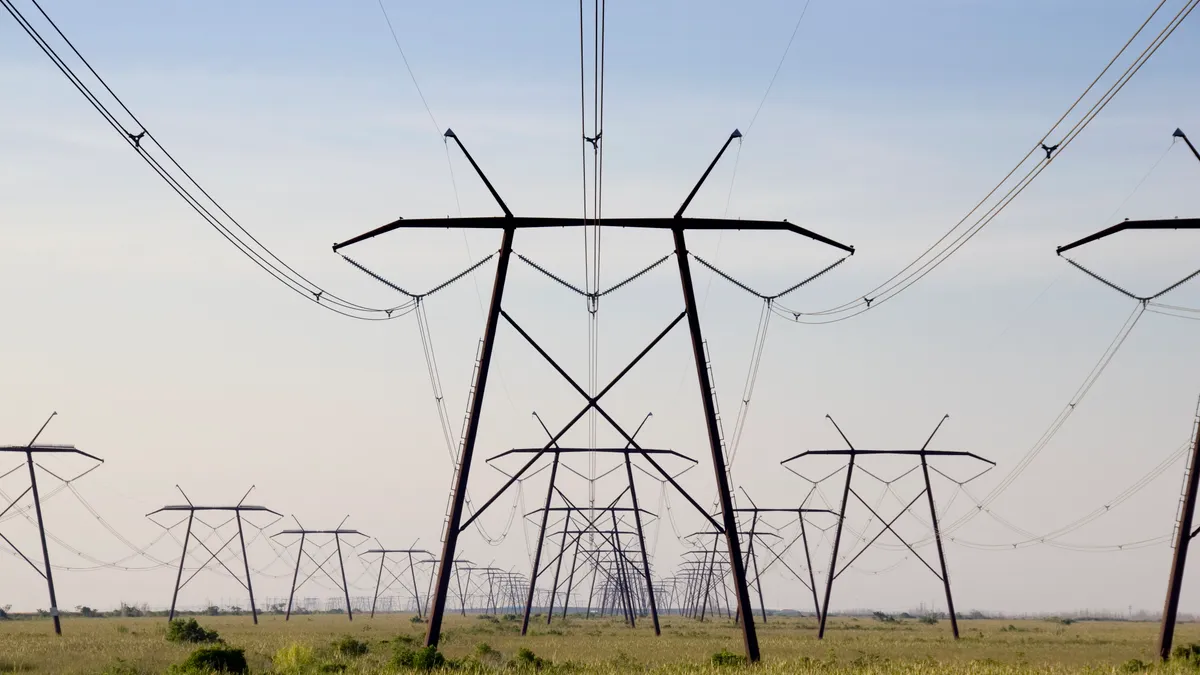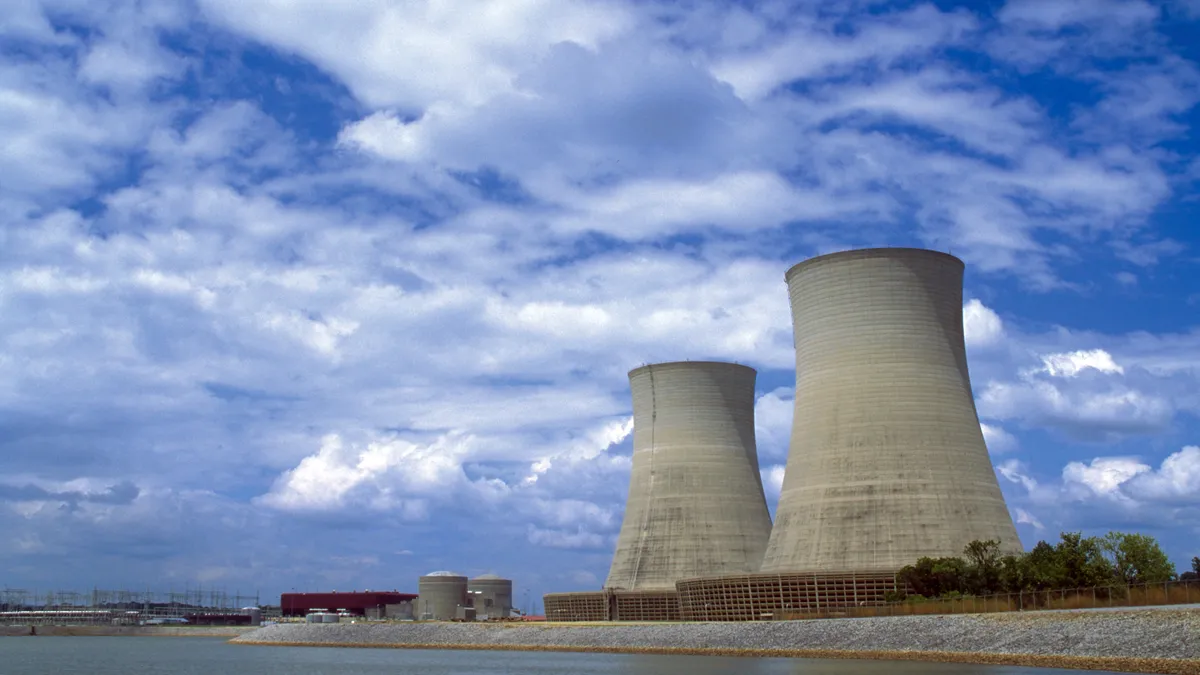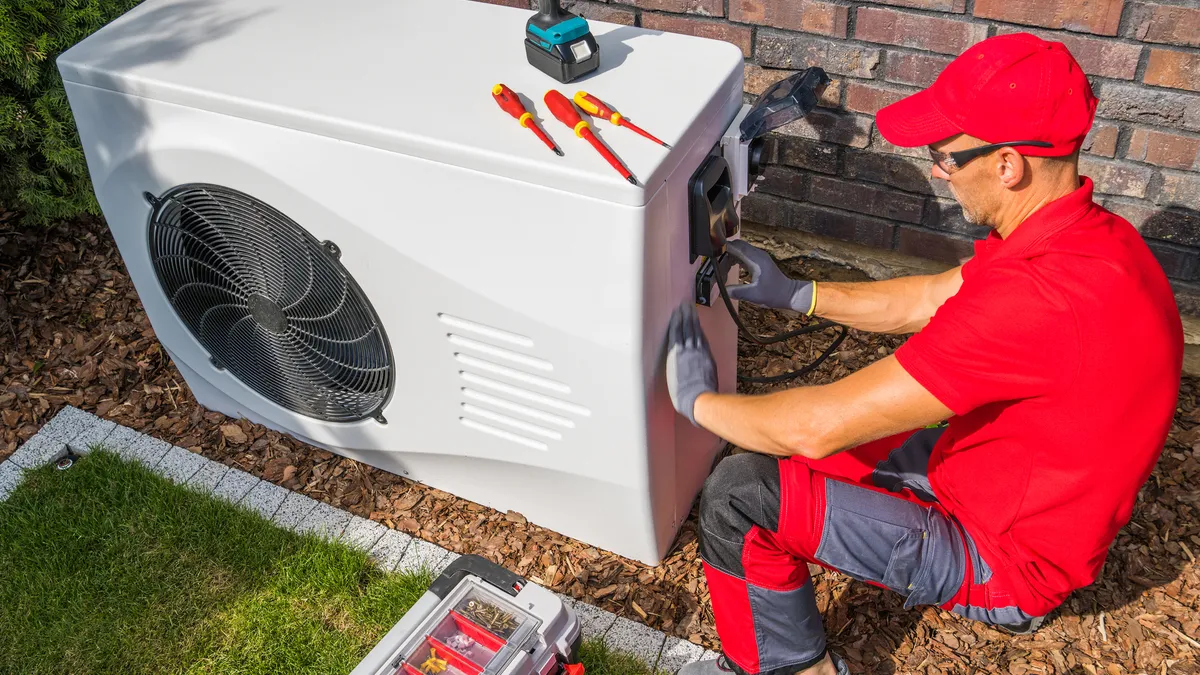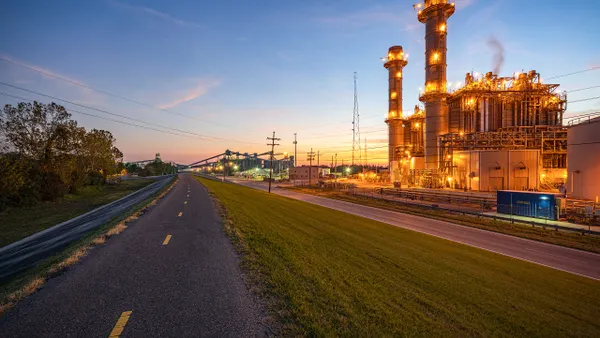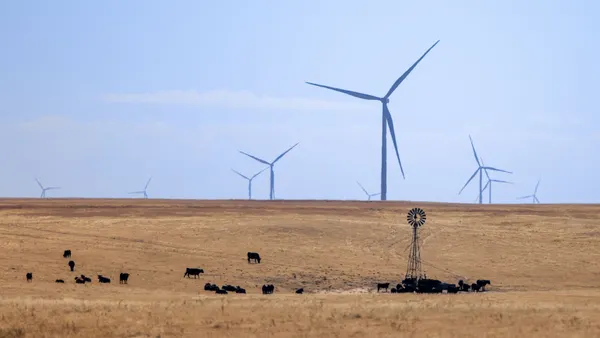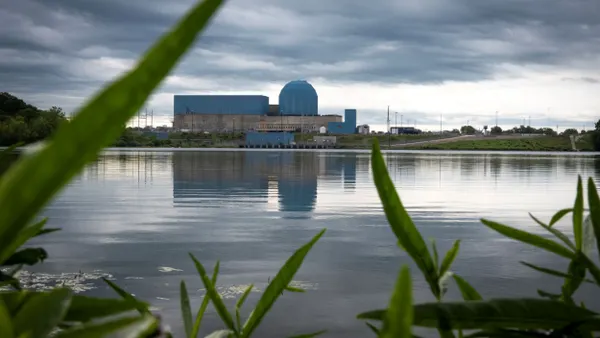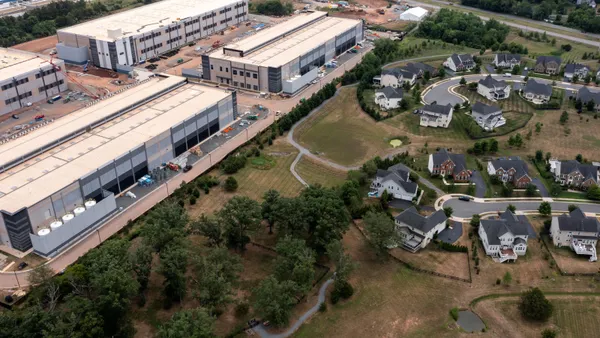A bipartisan House group released a permitting reform “framework” on Thursday that aims to make it easier to build transmission lines, pipelines and other power projects in the face of rising energy demand.
The 47-member Problem Solvers Caucus intends to turn the framework into legislation. The framework calls for streamlining the permitting process, partly by setting deadlines for court reviews of permitting decisions.
“The number one issue Americans are concerned about is the cost of living,” Rep.Tom Suozzi, D-N.Y. and Problem Solvers Caucus co-chair, said in a press release. “Sky-high energy costs play an enormous role — electricity prices rose more than 6.5% in just the last year, and demand is skyrocketing.”
However, it can take years and in some cases decades for green energy and other projects to get built and connected to the grid, according to Suozzi.
The framework calls for:
- Reducing the statute of limitations for permitting lawsuits to one year or less, with 150-day limits for FAST-41 projects;
- Restricting judicial standing for litigating projects to parties who submitted detailed comments during public review;
- Clarifying that Clean Water Act Section 401 certifications by states should focus only on water quality impacts of a project that result from the federally permitted or licensed activity;
- Requiring the Federal Energy Regulatory Commission to initiate interregional transmission planning while prohibiting allocating costs to customers who receive no or trivial benefits from the projects;
- Amending the National Interest Electric Transmission Corridors process to allow for individual national interest high-impact transmission lines;
- Promoting grid-enhancing technologies to maximize capacity on existing transmission lines; and,
- Expediting geothermal project permitting by allowing for simultaneous consideration of multiple project phases, while requiring agencies to approve or deny applications within 30 days after completing all legal and regulatory reviews.
The framework comes amid calls for addressing permitting reform in Congress this year.
“Rapid deployment of new energy infrastructure — including generation, transmission, and pipelines — is the lynchpin to providing more energy to our customers, meeting growing energy demand, and winning the AI race,” Drew Maloney, president and CEO of the Edison Electric Institute, said in a letter to House and Senate leaders on Tuesday.
Maloney said Congress needed to “act now” to streamline permitting processes and make sure that the National Environmental Policy Act and the Clean Water Act aren’t used to delay infrastructure projects.
EEI, a trade group for investor-owned utilities, and other utility groups support the Standardizing Permitting and Expediting Economic Development Act, which would make various changes to NEPA requirements and was discussed during a House hearing on Sept. 10.
During the hearing, Democrats said actions by the Trump administration — rescinding funding, reducing the federal workforce and hampering solar and wind development — undermined the prospect of compromise on permitting reform, according to ClearView Energy Partners.
If the SPEED Act passed the House in its current form, it would likely face “an uphill climb” in the Senate where a stand-alone bill could face a filibuster, the research firm said in a Sept. 11 client note. However, it could be attached to “must-pass” spending bills, ClearView analysts noted.
In a blog post calling for permitting reforms, Martin Durbin, U.S. Chamber of Commerce senior vice president for policy, decried the Trump administration’s recent stop-work orders for offshore wind projects.
“Not only does this inject significant uncertainty into the infrastructure development process, but it invariably increases the price of the projects and risks raising the cost of electricity, diminishing our ability to meet growing demand,” Durbin said in the Sept. 3 post. “Let’s ensure permits, once granted, remain secure and reliable.”



